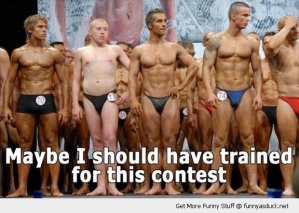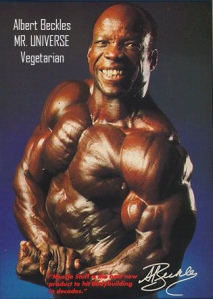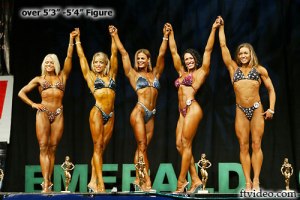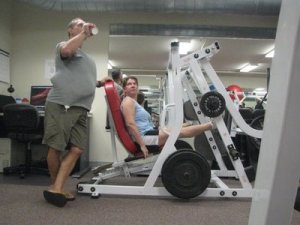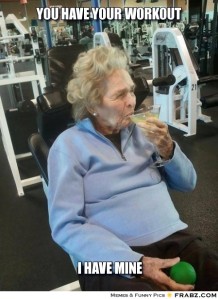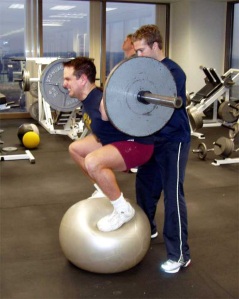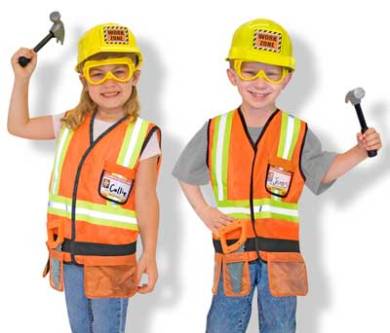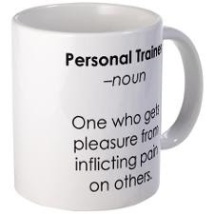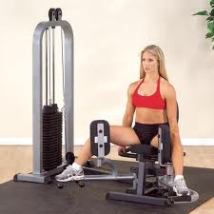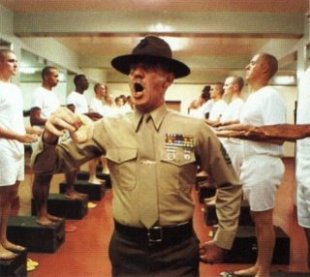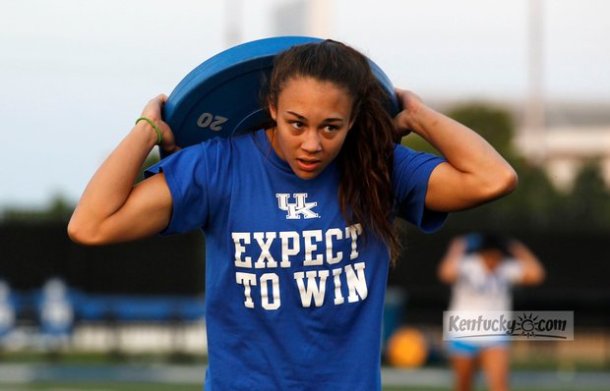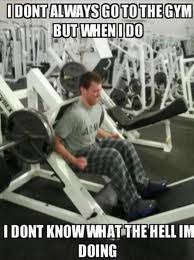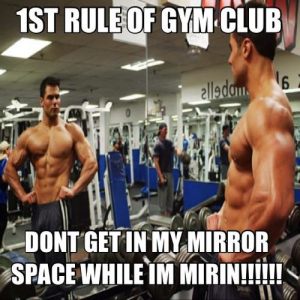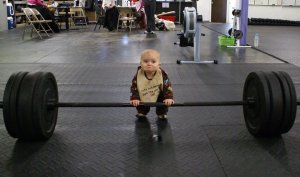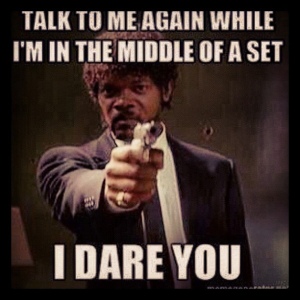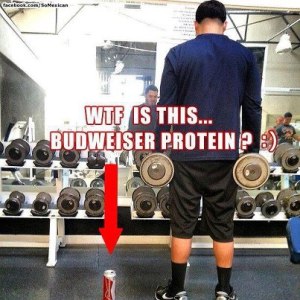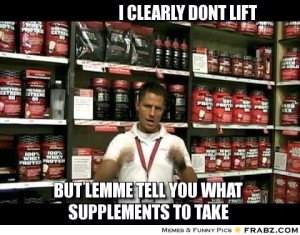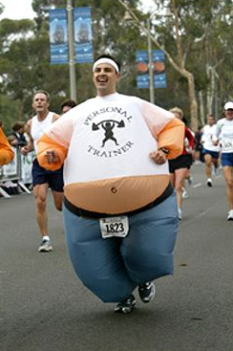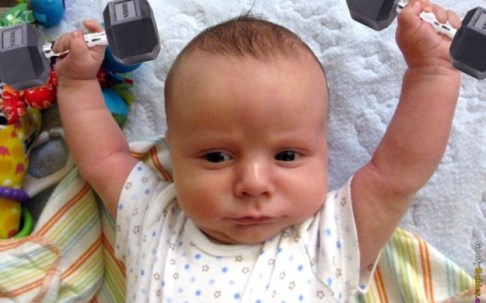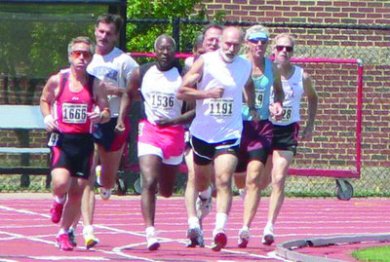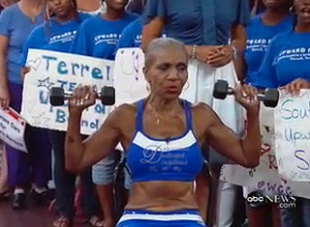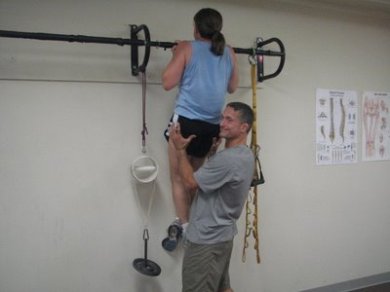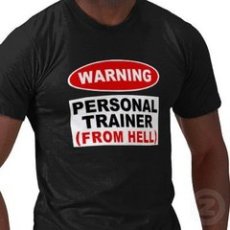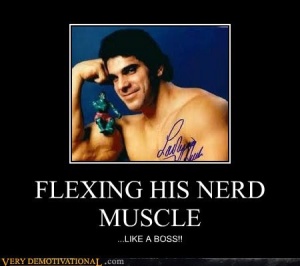Today’s post is my 101 guide to hiring a personal trainer. Hiring a trainer is an investment and I fully belief that everyone would benefit from having a personal trainer, even if only for a brief period. That said, not all personal trainers are created equal, nor are they necessarily well-qualified or experienced to do what they are being paid to do.
The two main types of trainers
Gym Staff Trainers. These men and women are employees of the gym and are paid a portion of whatever you are being charged for personal training services. These trainers can only work within their own franchise gym, and sometimes only at a certain location within the franchise. They are usually not allowed to train clients outside of the gym. The credentials and experience level of these trainers varies widely.
Independent Trainers: These men and women are self-employed and may work out of the same gyms where staff trainers are employed. Generally the independent trainer pays the host gym either a percentage of each session or pays a flat monthly rent fee. These trainers generally have the freedom to work at multiple locations. The credentials and experience of these trainers also varies widely.
In my opinion, the honesty and transparency of the trainer, results their clients achieve, experience, education and professionalism are the main points I would look for when deciding on hiring a personal trainer.
Questions to ask a potential trainer (Staff or Independent)
Q1. What is your educational background and credentials? While I have stated before that a credential is only as good as the trainer that holds it, there is also the fact that not all credentials are created equal. The American College of Sports Medicine (ACSM), National Academy of Sports Medicine (NASM) and the National Strength and Conditioning Association (NSCA) are all well-regarded credentialing organizations . The credentialing exams for these organizations are known for being highly difficult and several of their areas of specializations require a minimum of a bachelors degree just to sit the exam.
Below is a short list of the more prestigious credentials under each organization:
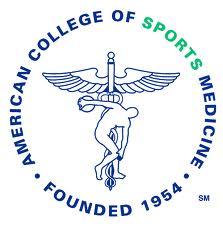
Certified Personal Trainer (CPT), Registered Clinical Exercise Physiologist (RCEP), Clinical Exercise Specialist (CES), Certified Inclusive Fitness Trainer (CIFT), Cancer Exercise Trainer (CET) and Health Fitness Specialist (HFI – sometimes shown as HFS.)
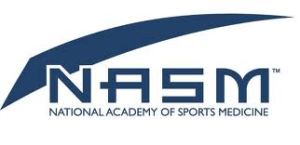
Certified Personal Trainer (CPT), Performance Enhancement Specialist (PES) and Corrective Exercise Specialist (CES)
NASM also offers credentials in Fitness Nutrition (FNS), Weight Loss (WLS), MMA Conditioning (MMACS) and special populations (Children, Senior Citizens and Female specific training.
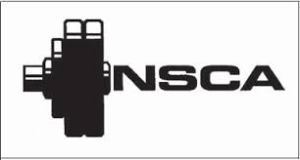 Certified Personal Trainer (CPT) and Certified Strength and Conditioning Specialist (CSCS) Some trainers will only hold the CSCS designation as the CPT is not an entry requirement. Current CSCS graduates must hold a bachelors degree in any field of study in order to sit for the exam. Previous CSCS graduates were required to hold a bachelors degree in an exercise related field. NSCA also offers the Certified Special Populations Specialist (CSPS) and Tactical Strength and Conditioning Facilitator (TSAC-F) credentials.
Certified Personal Trainer (CPT) and Certified Strength and Conditioning Specialist (CSCS) Some trainers will only hold the CSCS designation as the CPT is not an entry requirement. Current CSCS graduates must hold a bachelors degree in any field of study in order to sit for the exam. Previous CSCS graduates were required to hold a bachelors degree in an exercise related field. NSCA also offers the Certified Special Populations Specialist (CSPS) and Tactical Strength and Conditioning Facilitator (TSAC-F) credentials.
My follow-on questions would be “How long have you been certified?” and “How long have you been employed/working at this gym?”
By no means am I purposely excluding other organizations and the trainers they produce. There are trainers with far less prestigious credentials that are exceptional at their craft. The three organizations listed above have historically been recognized as the top three within the industry.
Other certifications of note: USA Weightlifting Coach (USAW Coach), Russian Kettlebell Challenge (RKC), Medical Exercise Specialist/ Post Rehab Conditioning Specialist (AAHFRP MES/PRCS) USA Triathalon Coach, SEALFit Coach and the ISSN CISSN Sports Nutrition certification.
Gym owners can choose any certifications they want to hire. Some are highly selective and others are not. In some cases there are people hired as trainers that are not credentialed, accomplished, experienced or formally educated currently working as personal trainers. While I personally value both experience and accomplishment, they have to be something that can be verified.
Q2: Is your certification current? Yes, some trainers let their credentials lapse. Either the gym or the trainer should be able to furnish proof of certification via hard copy, phone number or internet link. If the certification has elapsed, I wonder what else this trainer is not paying attention too.
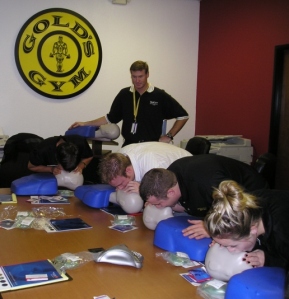
Q3: Do you have current CPR/AED/Basic First Aid Certification? Ask to see proof! Yes, there really are (somehow) ways to “earn” CPR qualification online. ACSM, NASM and NSCA all require valid CPR/AED certification prior to taking their exams along with most other accredited certifications. Most, not all. Furthermore, not all gyms check.
Worst case scenario: Can this person save your life, or at least sustain it until more qualified help arrives? This is of double importance if you have a chronic disease, disability, frail or are highly deconditioned.
Q4: Do you have current liability insurance? Independent trainers only- Ask to see proof. Gym trainers are usually covered under their employer, doesn’t hurt to ask the gym manager to clarify.
Q5: What is your experience working with clients with the same (or similar) needs/age as myself? I have a good friend that is a trainer at another one of our gym locations that has been a top-5 national level bodybuilder for the past several years. By his own admission he knows little about corrective exercise and rehab.
I hold a specialization in corrective exercise, but have very little knowledge of bodybuilding, save for how to build muscles. Although both of us can help someone get in better shape, we each have areas in which we specialize and are inexperienced. Neither of us would try to pass ourselves off as experts in something that we are not.
Q6: Do you have any current clients I can speak with that can testify on behalf of your skills (and cost) as a trainer? Ideally, you would be able to have a face to face meeting with the client. There is NO GUARANTEE the phone number the trainer gave you is ACTUALLY A CLIENT. You could have been slipped the number for a friend of theirs.
Q7: What is your availability? You want a trainer that can accommodate your days/times. Unlike the trainer, your life may not revolve around fitness. That said, a highly qualified and capable trainer that you get along with is worth moving a few things around for.
Q8: What are your session rates, forms of payments, session lengths and cancellation policies? Most of this falls under independent trainers. Gym staff trainers are held to a standard session lengths with the gym receiving the monthly personal training package money and a portion given to the trainer per session trained. Gym staff trainer pay varies from company to company.
Q9: What is the trainers fitness philosophy? I believe that any trainer with their salt (and your $) should be able to answer this question quickly and truthfully. If they BS’d you, it will certainly be revealed during your training sessions.

My follow on question to this is “What is your fitness background? This by itself may not be that important, but it would be nice to know where your trainer is coming from in their line of thinking and training.
Q10: What if I am unhappy with you as my trainer? As the customer, you have the right to fire your personal trainer. In the case of gym staff trainers your contract is with the gym, not with a particular trainer. If you feel that your trainer is not serving your best interest then see the gyms fitness manager or general manager. I make this point quite clear during my initial assessment and first training with new clients. I don’t take it personal and certainly don’t hold any hard feelings over it.
Not getting along with your gym trainer, or not getting a particular trainer of choice (due to the trainers lack of availability) is generally not considered grounds to terminate your personal training contract.
 4th Century B.C. “Marketing” of Olympic Athletes begins. This sets the stage for Wheaties and all other forms of endorsements. Amazingly, little is known about nutrition during this period.
4th Century B.C. “Marketing” of Olympic Athletes begins. This sets the stage for Wheaties and all other forms of endorsements. Amazingly, little is known about nutrition during this period.












